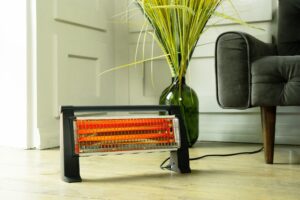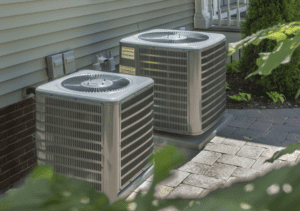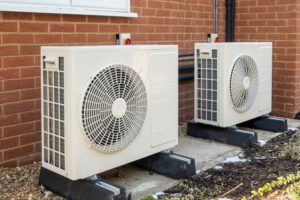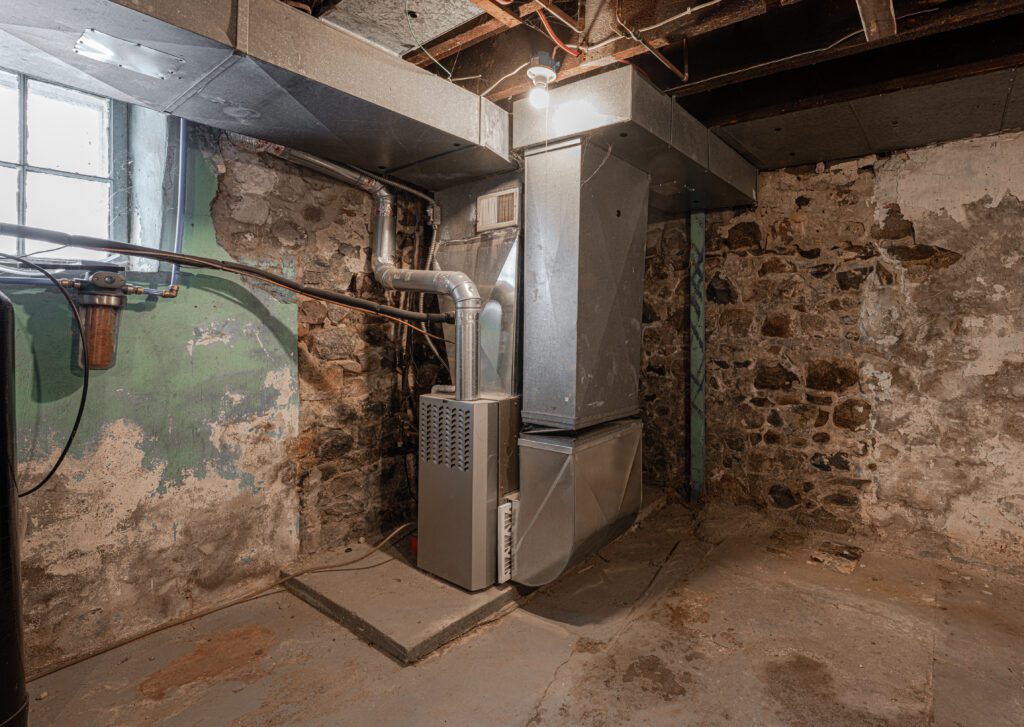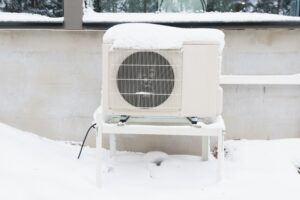Our furnaces have been working in overdrive this winter, with temperatures hovering at or below freezing. We’ve had a couple of snowstorms, ice storms, and cold fronts that brought frigid temperatures, forcing our furnaces to work around the clock to keep our homes comfortably warm.
Because our furnaces work hard during the winter, keeping them in tip-top shape is crucial to run optimally. Getting routine maintenance from a heating and cooling company will keep them working properly for many years. But what happens when your furnace gets old or starts acting wonky? Keep reading to learn about some signs it’s time to replace your old furnace to keep your home warm and your family safe.
It’s Approaching 15 Years
Like most home components, furnaces don’t last forever. While furnace repair and routine maintenance can prolong its life and keep it running optimally, it’ll need replacing eventually. The average lifespan of a furnace is between 15-20 years, give or take, depending on the type of furnace installed, whether or not routine maintenance was performed, and the unit’s usage.
When a furnace approaches the 15-year mark, it’s probably time to consider replacing the entire unit. When it ages, it’s more likely to rattle, put off an odor, create more dust in the home, and have a difficult time warming up the home and maintaining a comfortable temperature.
Increase in Energy Bills
Have you noticed an increase in your energy bills this winter? Of course, when the heat is on consecutively throughout the morning and evening hours, energy bills will increase. However, there shouldn’t be a major increase compared to previous years. Furnaces will use more energy as they age, working harder to warm up a room. If you notice a significant increase in energy bills, it’s probably time for a repair or time to replace your furnace.
Odd Smell
A musty smell is normal when your furnace kicks on for the first time each fall/winter. The odor is often caused by burning dust and dirt that has settled in and on the furnace and ducts, but it should go away within a couple of uses. If the smell doesn’t go away after a few uses, it’s time to contact a professional HVAC company.
Odd smells coming from furnaces can indicate a dangerous issue. If you’re still smelling an odd smell after your heat has been on for a few days, it could mean any of the following: dirty filter, clogged drain, mold, or even a gas leak. Sometimes a burning smell is an indicator that the furnace isn’t functioning properly and needs to be replaced. It’s best to contact a heating and cooling company to inspect your furnace for safety reasons.
Heating Issues
Ideally, a properly functioning furnace would heat each room in your home evenly, never leaving a room cooler than any others. Unfortunately, that’s not always the case, and an old or damaged furnace may be ineffectively heating your home, causing some rooms to be warmer or cooler than others. The problem could stem from another issue, like an air leak or thermostat malfunction, but it’s best to get your furnace inspected. A professional may suggest you install a new furnace if they find an issue and whether or not it’s warming the air inside your home.
Strange Noises
When your heat kicks on, does it sound like a motorcycle revving its engine? An animal banging on your ceiling? Metal gears grinding? Whatever the noise, if the sound of your heat kicking on makes you jump or wonder if there’s an issue, it most likely needs to be replaced. A professional can confirm or offer suggestions for how to repair an issue, but when sounds are that startling, the furnace most likely needs replacing.
Does your furnace do any of the above? If it’s approaching its 15th birthday, increasing your energy bills, putting off an odd smell, not heating properly, or if you’re regularly hearing strange noises, it’s probably time to replace your furnace. We’ve still got a ways to go before our weather is consistently warmer, so now is a perfect time to replace your furnace so you can enjoy a warm home with the remaining winter weather. Plus, you’ll be ahead of the game when next winter rolls around and you wish you replaced your furnace the previous year!
If you notice any of the above signs that it’s time to replace your old furnace, contact Cates Heating & Cooling. We’re family-owned and operated with a team of expertly trained technicians who have provided exceptional service to our customers for over 50 years. We service Kansas City and surrounding cities, including the following:
& more!
Our furnace installation service is by an expertly trained team of technicians with decades of experience. Contact Cates if you have any questions or concerns about your furnace!


